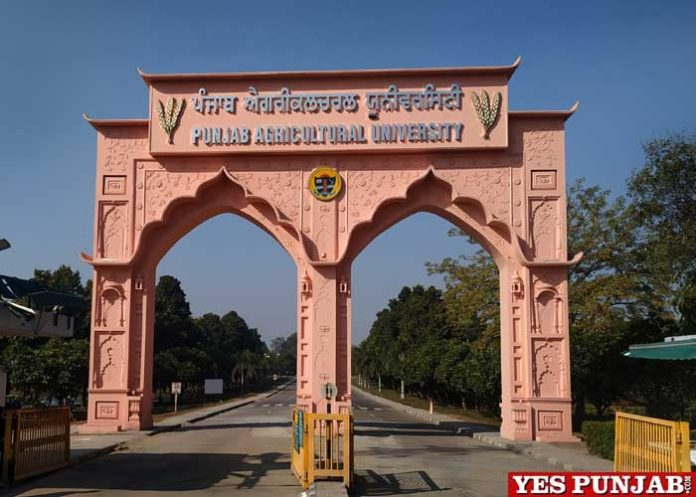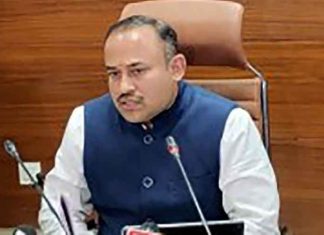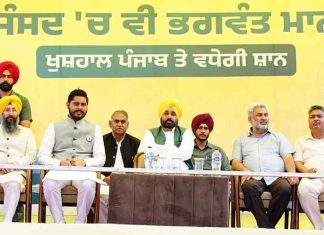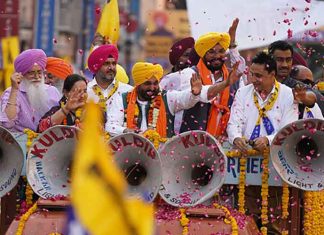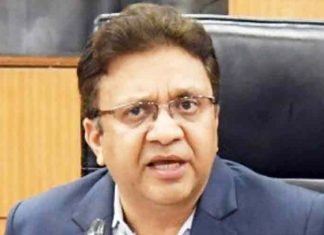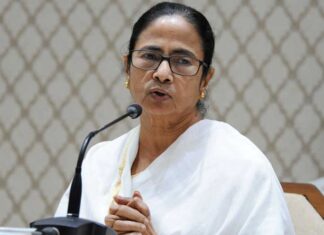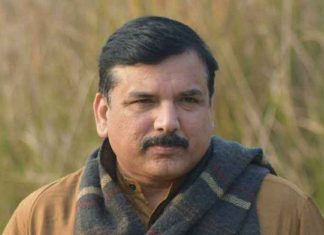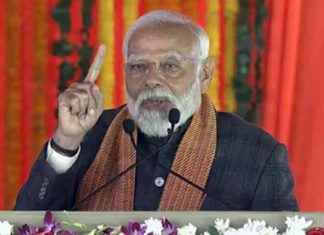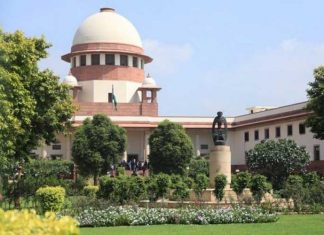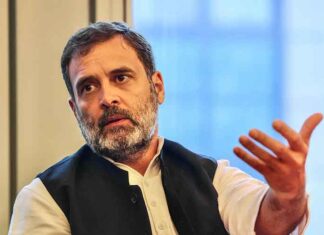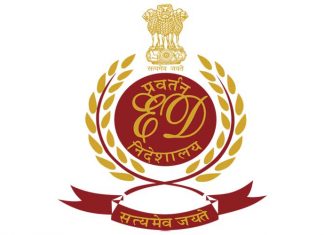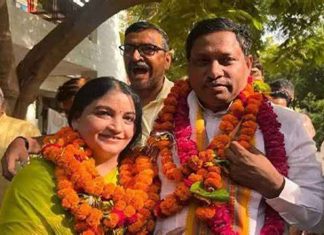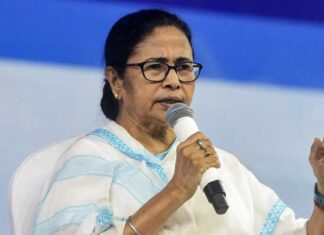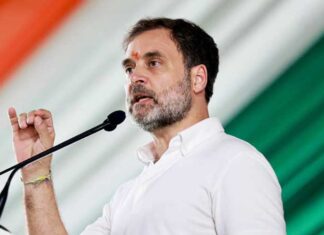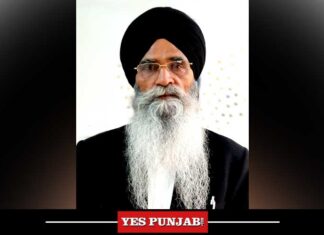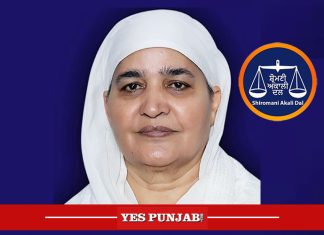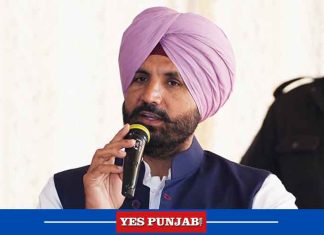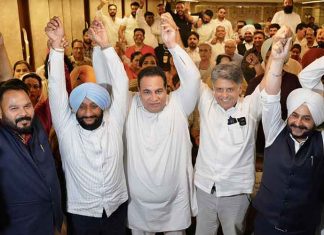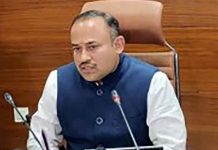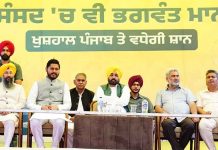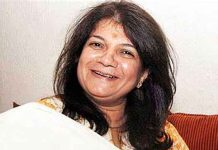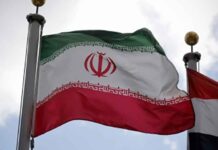Dr. Rachhpal Singh Bajwa
BVSc & AH (Gold Medalist)
MvSc, PhD
Ex-Founder BOM & Technical Advisor GADVASU, Ludhiana.
An alumnus of PAU.
Now NRI, Chicago, USA.
Famine to self-sufficiency in foodgrains:
Pre-Green Revolution India at the time of Independence in 1947 was food deficient. The memories of the havoc of the the1943 Bengal famine were fresh on the minds of the Indian masses. India had to import 10 million tons of wheat from the United States under Public Law 480.
The Indian Government set up seven agricultural universities in the early 1960s. Each of these universities was linked with a U.S. Land Grant university for technical support. For example, Punjab Agricultural University (PAU) was supported by Ohio State University. Each university had five constituent colleges, namely, Agriculture, Veterinary, Home Science, Agri-Engineering, and Basic Sciences. This laid the foundation for the green revolution (1964 to 1975).
The ushering of the Green Revolution was the result of the development of high-yielding wheat varieties (like ‘Kalyan’ by Dr. Dilbagh Singh Athwal) and rice varieties (by Dr. Gurdev Khush). Further, the Government policies were pro-agriculture; e.g., developing irrigation infrastructure (Bhakhra Dam in 1963) and providing inputs (fertilizers, pesticides, machinery, etc.) to increase food production. The hardworking Punjab farmers took to the new technologies with enthusiasm.
India became self-sufficient in cereal production by 1974. A minimum support price was implemented in the mid-1960s to purchase rice and wheat. To ensure food security, a buffer food stock (FCI) was created. Punjab contributes a major share of rice and wheat annually to the central pool.
PAU has produced many world-class scientists like Dr. D.S. Athwal (wheat), Dr. Gurdev Singh Khush, and Dr. Rattan Lal (both World Food Laureates), Dr. N.S. Randhawa (Soil Scientist, DG, ICAR), Dr. Khem Singh Gill (Plant Breeder, VC, PAU) Dr. K.S. Chela (Extensionist) and Dr. B.S. Gill, Dr. S.S. Gill and Dr. Dalbir Singh Dev (All veterinary and livestock scientists), and many more.
The visionary leadership of the first two Vice-Chancellors:
Initially, visionary leadership was provided by P.N. Thapar, ICS, (1962 to 1968) and Dr. M.S. Randhawa, ICS (1968 to 1976). During the first 14 years, PAU saw an unprecedented multi-facet growth. The farm production and farmers’ incomes increased. Their magic was, “Hire the best-talented teachers and scientists and give them a free hand and enough funds and resources.” PAU became the elite/prime institution in the country.
Good performance was appreciated and rewarded. The top administrators used to remind faculty and students, “It is the people who make the difference.” Everyone felt enthusiastic about becoming part of progress. I am a first-hand witness to this, as I joined PAU in 1963, did BVSc, MvSc in 1969, and Ph.D. in 1974 and then worked as a teacher / Sr. scientist (1974 to 1978), during the tenure of the first two VCs (1962 to 1976). Maybe, this trait of praise and reward has disappeared today from the PAU culture.
Post-Green Revolution Stagnation:
The progress of PAU went well till the early 1990s. It slowed down later, but during the past decade, the teaching, research, and extension activities at PAU have greatly suffered. The culture of nepotism, favoritism, and politicization has taken deep roots. Lack of funds and lack of attention by the administration increased subservience culture and compromised hiring of staff members from top to bottom have further aggravated the situation.
At present, Punjab is facing a serious agrarian crisis. The overuse of chemicals, fertilizers, and groundwater depletion to support the monoculture cropping of wheat and rice has resulted in toxic soils, toxic water, and air across Punjab. This is evident from the following facts:
1. Since 1980, Punjab soils are depleted 51 lakh tons of nitrogen, 47 lakh tons of potassium, and 65 thousand tons of phosphorus.
2. While Punjab has only 1.60 % of the area of India, it is using 33% of fertilizers and 19% of pesticides of India.
3. 108 blocks out of 132 blocks have depleted water table.
4. Punjab has a total of 320 billion cubic meters (BCM) of groundwater (GW). It extracts 37 BCM but recharges only 20 BCM per year, causing a net annual deficit of 17 BCM. A serious water shortage is predicted within 20 years if things go on as status quo.
5. Punjab agriculture is using a huge amount of electricity to run tube wells.
6. All these factors have resulted in the environmental crises mentioned above.
Lessons from GADVASU:
One of my students recently sent me a short film on Guru Angad Dev Veterinary and Animal Sciences University (GADVASU), Ludhiana. It is a beautifully filmed, narrated and orated short documentary film. It highlighted the progress of GADVASU during the very short span of 18 years. This institution was one of the youngest constituent colleges of PAU, established in 1969, and since 2006, an independent university par excellence in Asia.
The dedicated efforts of S. Dhanbir Singh Bains, IAS Secretary Animal Husbandry Punjab, as its founder Vice-Chancellor, laid the solid foundation of this university. I feel honored that I served along with Dhanbir as the founder member BOM and Technical Advisor and helped draw the sound initial blueprint of GADVASU.
GADVASU is a unique institution, which has the earliest NRI admission program and two NRI BOM members. Its Administration and NRIs have always kept good lines of communication and collaboration since its inception.
Role of NRIs at PAU:
NRIs have always played a significant role at PAU. Dr. Gurdev Singh Khush, an NRI and a World Food laureate, recommended Dr. Manjit Singh Kang (NRI) as VC of PAU in 2007. Kang, an alumnus of PAU, was trained in the USA. He earned three postgraduate degrees there, including a Ph.D. from the University of Missouri, Columbia. He had worked as a professor/ Sr. scientist at Louisiana State University and University of Florida.
Dr. Kang did an excellent job during his four-year tenure (2007 to 2011). I had interacted with him during my tenure as BOM and Technical Advisor at GADVASU. I found him to be a thorough gentleman, very helpful and an excellent agricultural scientist, with a great vision for the future of Punjab agriculture. He was one of the most successful VCs of PAU.
Dr. Kang had been a very popular VC with the staff, students as well as with the farmers of Punjab. During his term, he carried out some remarkable works like:
1) The start of a legendary 6-year B.Sc. (Agri Hons.) program for 10th grade rural students. It increased the proportion of rural students in the B.Sc. program from about 5% to more than 85%. This program has found a wide acceptance in govt and private agricultural universities of India.
2) The creation of linkages with top U.S. universities for the training of PAU faculty and students at Colorado State, Ohio State, University of Florida, Cornell University and Kansas State University.
3) He persuaded Government to enact “The Preservation of Subsoil Water Act 2009” to delay the transplanting of paddy from May 15 to June 15 to save GW.
After Dr. Kang left PAU in 2011, the work at the University was neglected for a decade and suffered grievously. In fact, most of the senior administration posts are on an ad hoc basis. Even worse, the post of Vice-Chancellor of this premier institution of Punjab has been vacant for nearly a year now despite the ongoing agrarian crisis. PAU needs an agricultural scientist/expert as its Vice Chancellor, who can rejuvenate and revitalize the activities at PAU, and steer the state out of the present agrarian crisis.
I recommend Dr. Manjit Singh Kang for the post of VC without any hesitation. He is a highly decorated agricultural expert with global contacts, who can move PAU forward to find solutions to help resolve the agrarian crisis of Punjab. He is an honest, diligent, and meticulous worker and a breed apart. Under his able guidance, PAU will emerge again as a leader and torch-bearer for finding practical solutions to the agrarian crisis. He can restore the lost glory of PAU and bring it back to the Green Revolution Era.
Subscribe to YesPunjab Telegram Channel & receive important news updates



